Say Hello!
Sign In
- Trekking Tips
How to choose the right trekking shoes
Finding your perfect pair of hiking shoes is similar to finding a perfect wedding outfit. Your shoes need to be in complete sync with your foot shape, needs, and suitable for the terrains you hike on. The right pair of shoes can make your hike enjoyable whereas a wrong one can turn it into a complete disaster.
Hiking shoes are the most important gear for a trekker, he spends more time in his shoes than his tent. So you might adjust a bit with your trekking gear to save a few more bucks but don't dare do so for your shoes!
Knowing the importance of your trekking shoes is super important when you finally go-ahead to the real deal of finding a pair that ticks all the boxes in the requirements list.
There are three basic things you need to consider before starting to look for the perfect pair. They are, the type you want, the things or components you wish, and finding your perfect fit.
The market is flooded with a variety of shoes to choose from, considering the various textures, colors, base material, components, etc. Whether you are a colorful or a camouflaged person there is a pair for everyone to choose from the vast array of options.
Know the basic differences
Before getting to know about the various kinds of trekking shoes available there is one common myth that can greatly influence your choice. For most of us, trekking and hiking are the exact same things. Right? But in reality these are two different things, while trekking is a rigorous, tedious process whereas, hiking falls more towards the fun side and is done as a leisure activity for the sake of recreation. So decide on the fact that whether you are a hiker or a trekker, even if you are a new bee it's always better to have your preferences straight.
Types of shoes
The Day Hiking shoes
Day hiking shoes are generally preferred for short backpacking trips with light loads. There are flexible and comfy but require a little break-in time so it's recommended to wear your shoes once before the actual trek to prevent any future discomfort and the biggest advantage is that most of the day trekking boots are fully waterproof so you won't have to think twice before crossing all the ridges on your next hike.
Backpacking shoes
These are basically the hulk of the trekking shoe world. They are big, heavy, and sturdy and good for long trekking adventures. These are specially designed to carry heavier loads for multi-day adventures with its rock-solid ankle support, making it suitable for carrying weight as heavy as 50 pounds!
These are primarily made with an amalgamation of split-grain leather and nylon, another factor that adds to the weight of the shoes. Despite the fact that they highly durable it requires a considerable amount of care. You cannot toss off your boots into your closet and forget about it.
Now, backpacking boots could be used for day hikes as well but it just adds to the weight and discomfort you carry along the way. However, if you feel you will be going on day hikes and on long treks as well but can afford only one pair in that case it's better to get a pair of backpacking shoes.
Hiking shoes
Since you have already been blessed with the knowledge of the difference between hiking and trekking boots it will make it easier to acknowledge the fact that hiking shoes are just meant for casual hiking on relatively smooth terrain; they are even suitable for an evening stroll in the park. But wearing them on a trek is a big no-no! No doubt, they are very comfortable and lightweight but they provide no ankle support making it a good substitution for sneakers. In short, hiking shoes are nothing more than a glorified pair of sneakers hiding behind different fabrics and with different looks.
Components aka the features in your shoes
Trekking shoes have three major components that determine its stability and comfort.
The Upper
The upper part of the shoe is generally made of leather or synthetic materials. The upper part impacts the weight, durability, and water-resistance of the shoe. It is also important that the upper material provides proper ventilation to your feet.
Leather shoes are the best ones for your feet being the most sturdy and durable however if you are looking for vegan alternates than synthetic leather could also be a great option.
The midsole
It's the point where all the comfort and stability of your shoe exists. It provides stiffness your shoes and padding for comfort to your feet as well. Therefore, it is important that it should be strong enough to protect you from any abrasive shock while walking on long rocky terrains.
The Outer Sole
You might have observed all your trekking or non-trekking shoes have different patterns at the bottom. Similarly, the lug patterns on trekking shoes define your grip while trekking on the mountains. It helps your shoes getting rid of all the filth and dust that gets stuck on your base. The thicker and deeper the lug pattern is the better grip it ensures for your feet.
Other than that, make sure you find a pair that is waterproof. Trust us, you don't want to have wet shoes and kilometers to walk ahead of you. It will be a bigger problem that a mild snowstorm.
Picked out your shoe? Now let's see the fit
Your perfect pair will feel snug everywhere, tight nowhere, and will have enough space for you to wiggle your toes.
Know your size
It simply makes things a lot easier when you know your size. If you have even the slightest doubt about it, get the length, width, and arch of your feet measured. You can later double-check the length by pulling out the insoles and placing your feet over them; you should have a thumb's width of space between your longest toe and the end of the insole.
Try it with the socks you intend to wear
Always try your new shoes with socks at first place and consider the thickness of your socks. Wear a pair of socks with the same thickness as you plan to wear on your trek.
Break-in first
Always make sure to break in your boots before you plan to take them on their first trip, the structure of the footwear needs to adjust according to the structure of your feet else you might end up with some serious fitting issues or a lot of chafing later leading to blisters.
When shopping online, consider a brand you have worn before
Who doesn?t like free gifts and discounts? The biggest perk of shopping online is the insane amount of discounts you get plus it is a lot more time saving as well. Then why online shopping for footwear is generally not advisable? The simplest answer is fit. You can never judge how footwear will fit you even if you know your size. Ignoring the odds if you still plan to shop online for trekking shoes, then make sure to go for a brand you have already tried before since different brands have different sizing parameter for example size 7 of one brand could be equal to size 5 of another, also it's difficult to guess the shape and exact material of the product with just an image. Therefore always opt for a brand that you are already familiar with for your online quest of shoes.
Even the lacing makes a difference
There are numerous ways that could be used to tie your laces and each one gives a different fit and support to your feet therefore it is advisable to find the knot that works best for you.
Now that you have thoroughly gone through all the points mentioned above, congratulations, you are officially eligible to find yourself a perfect pair of trekking shoes!

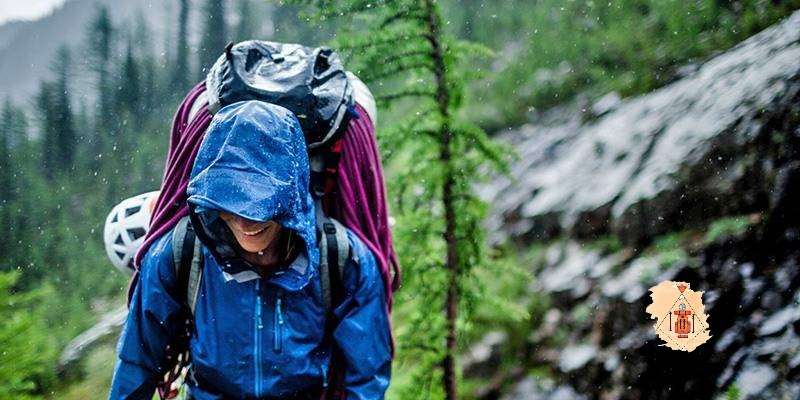
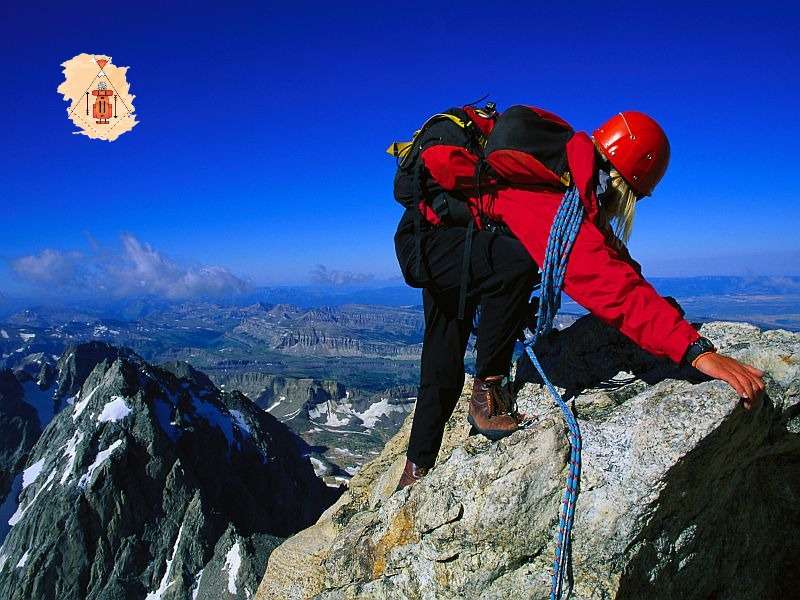
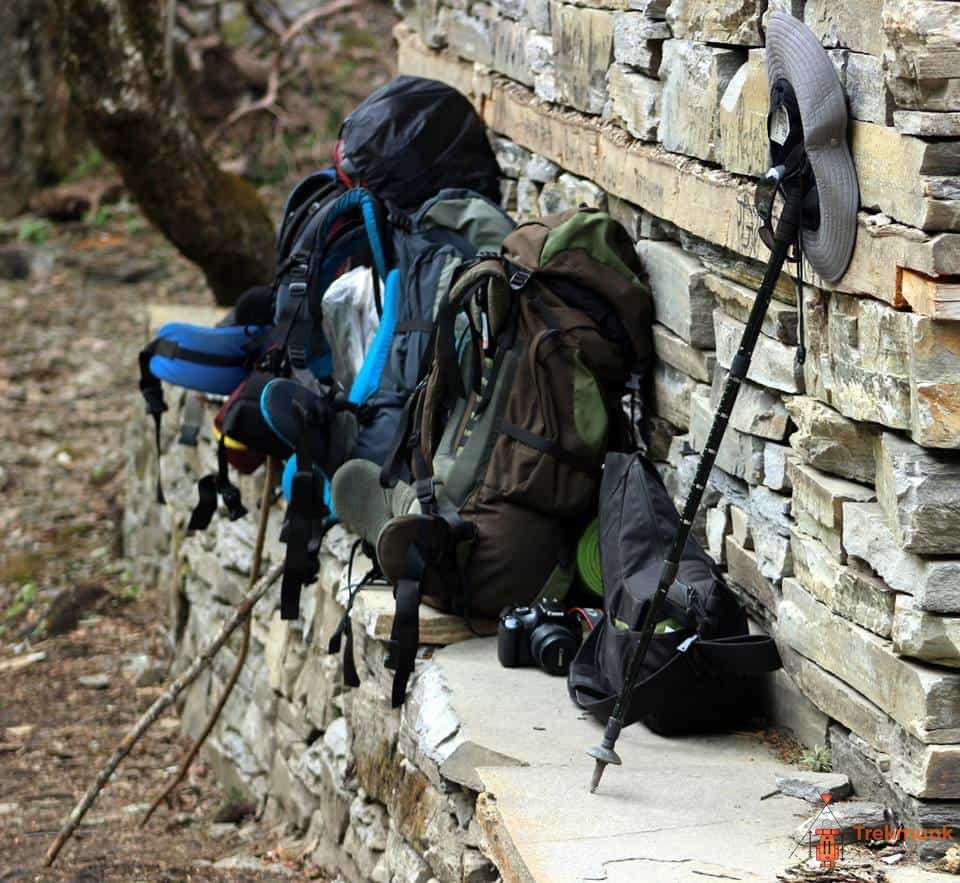
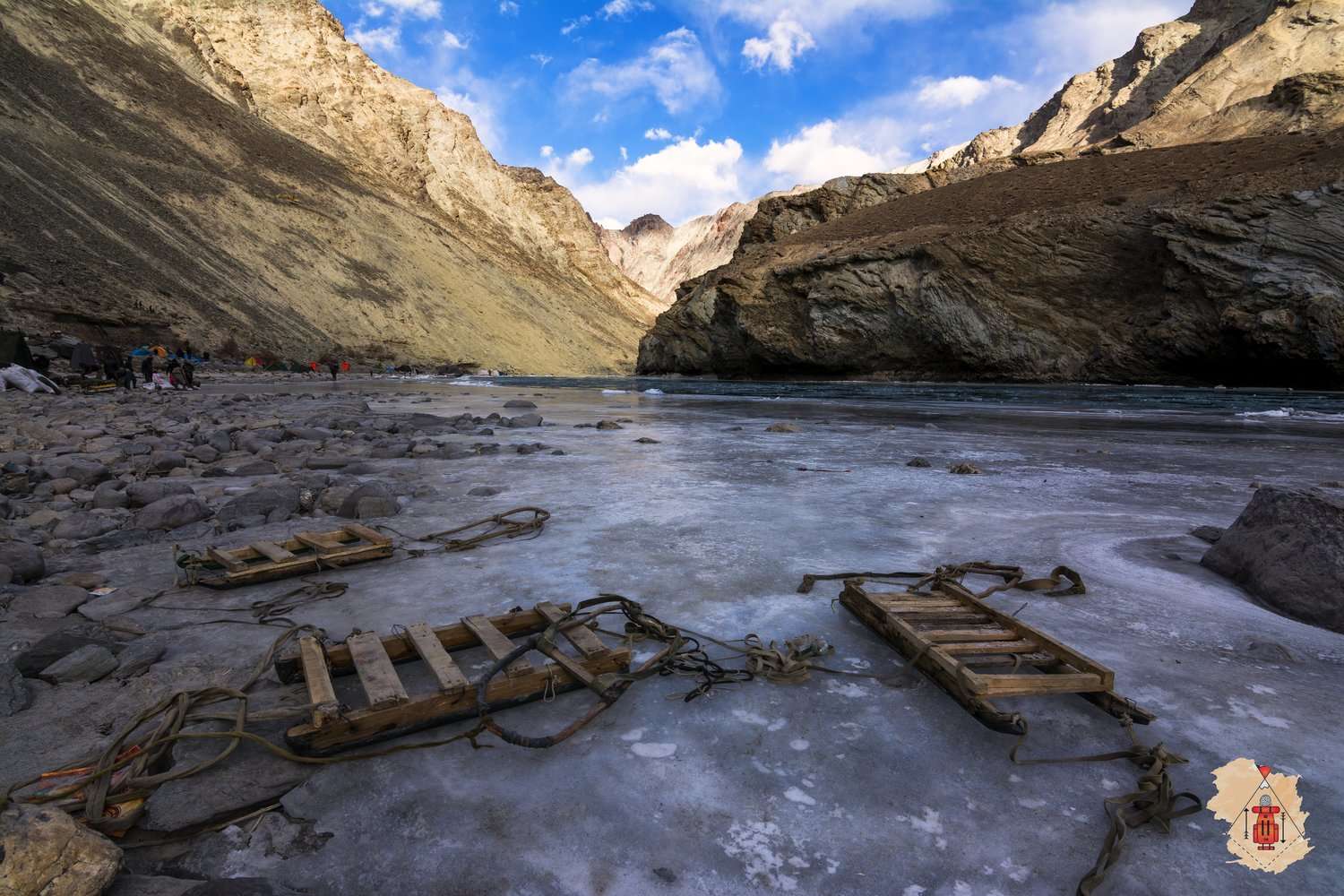
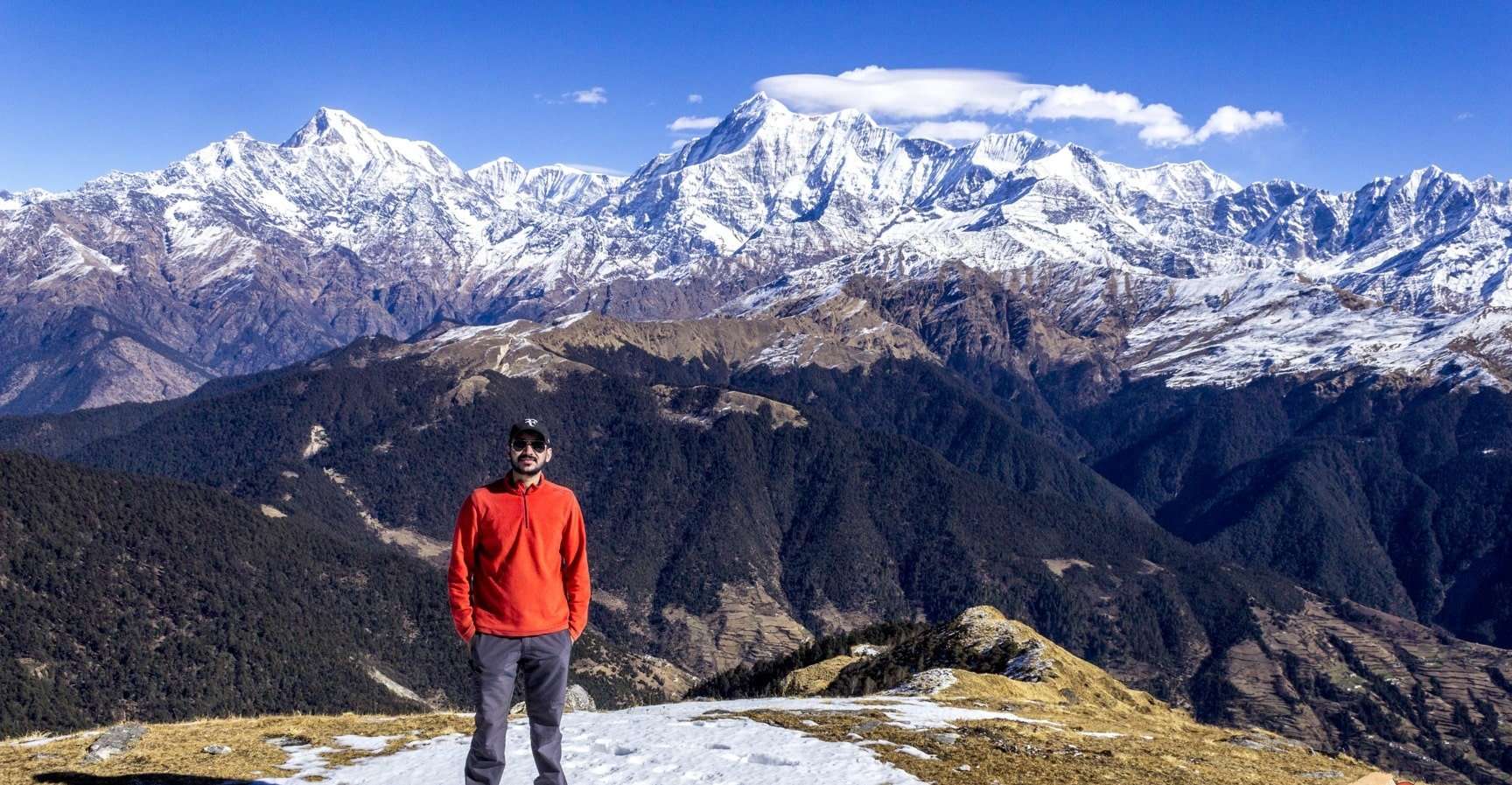
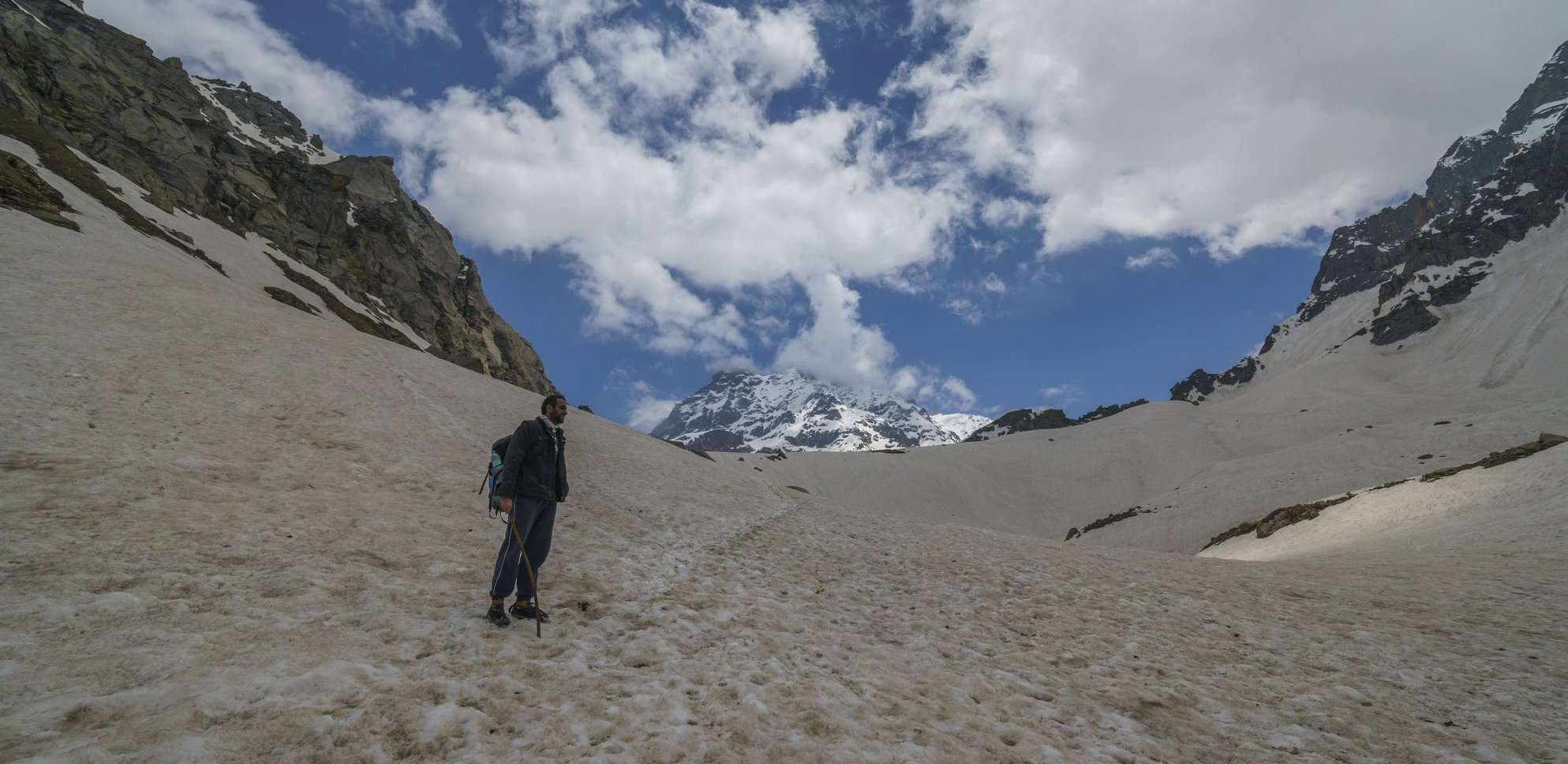
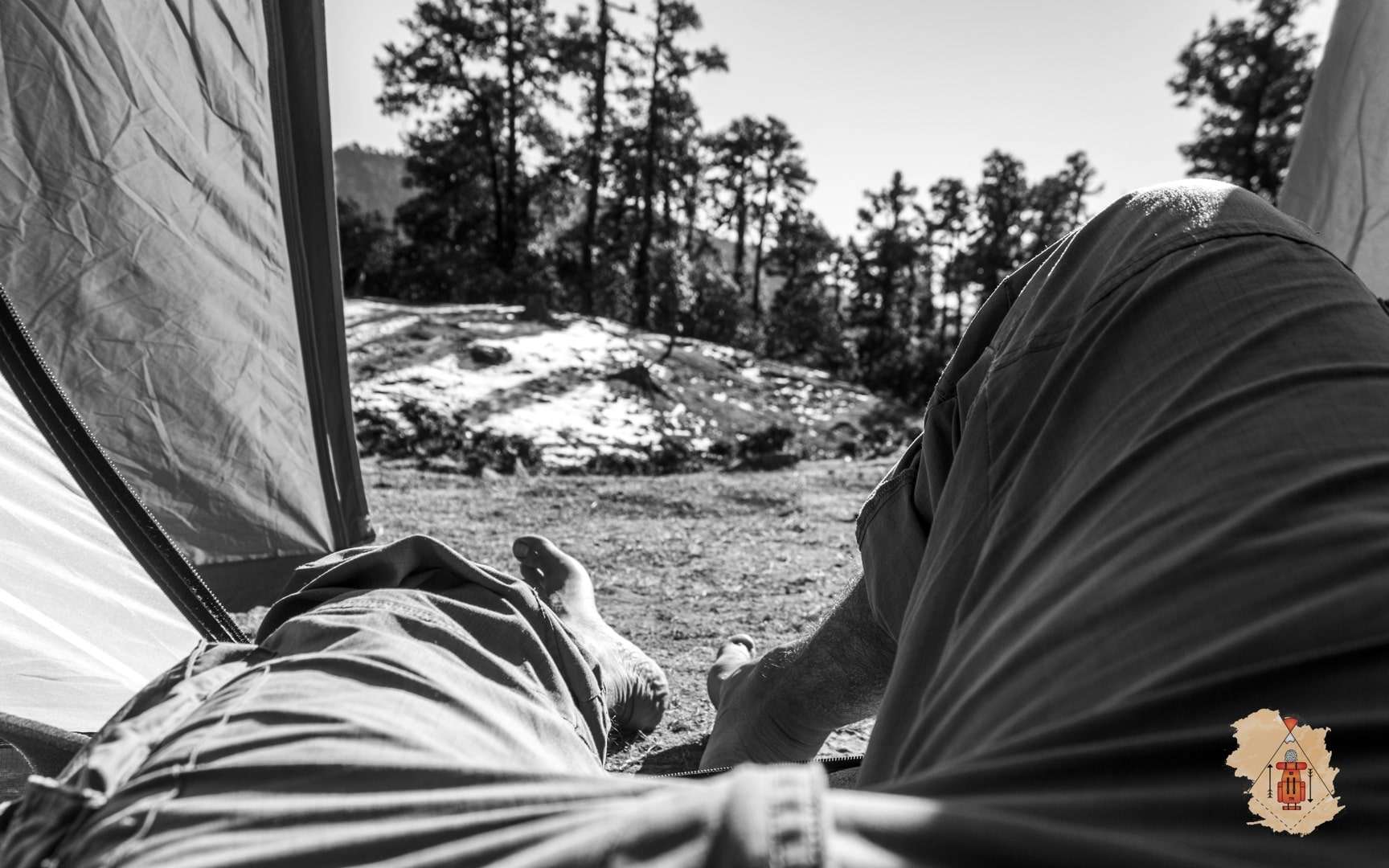
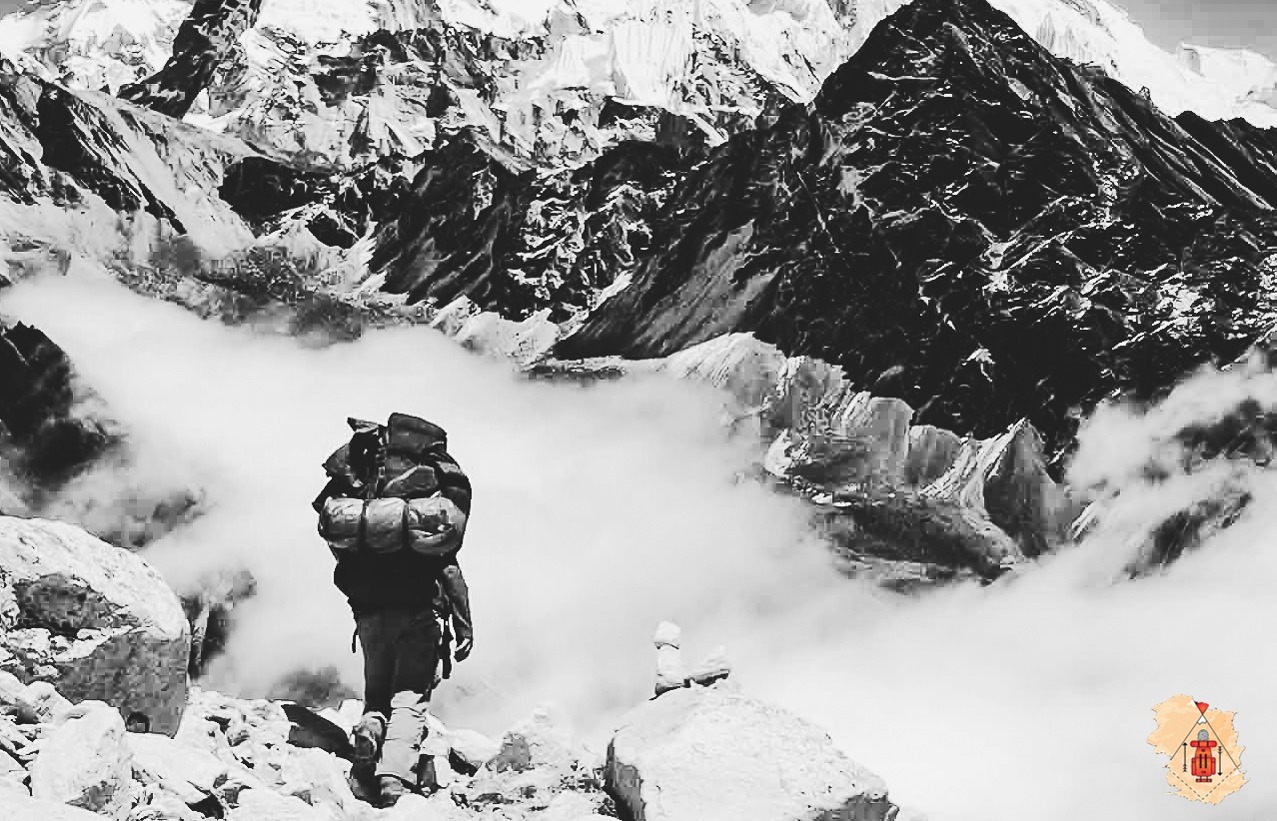
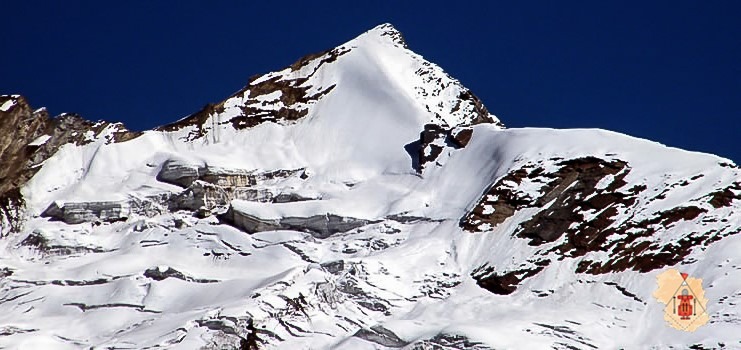
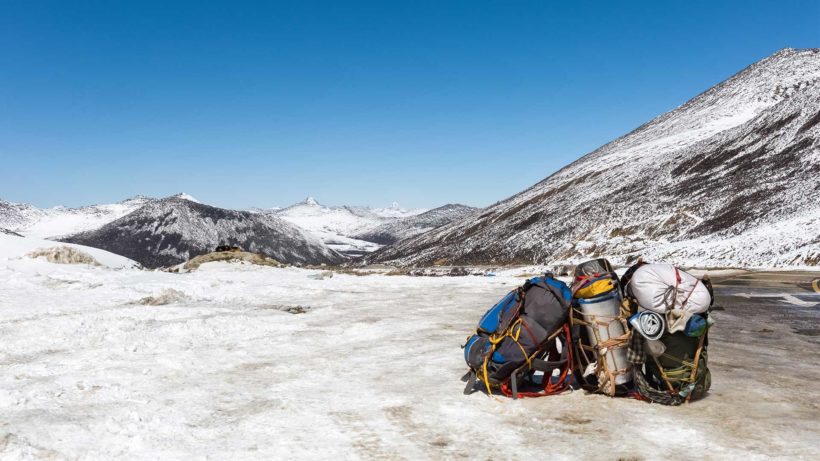
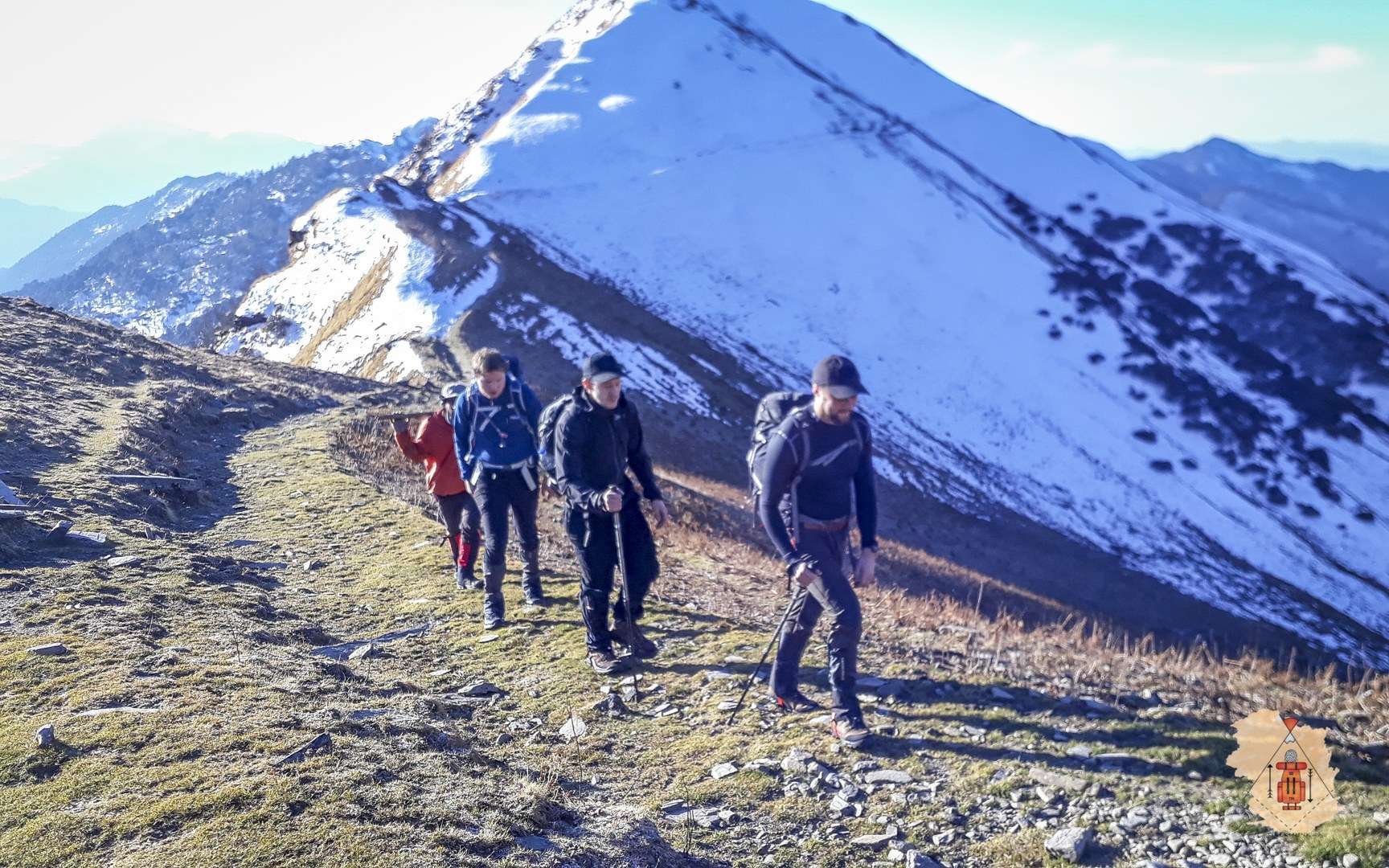

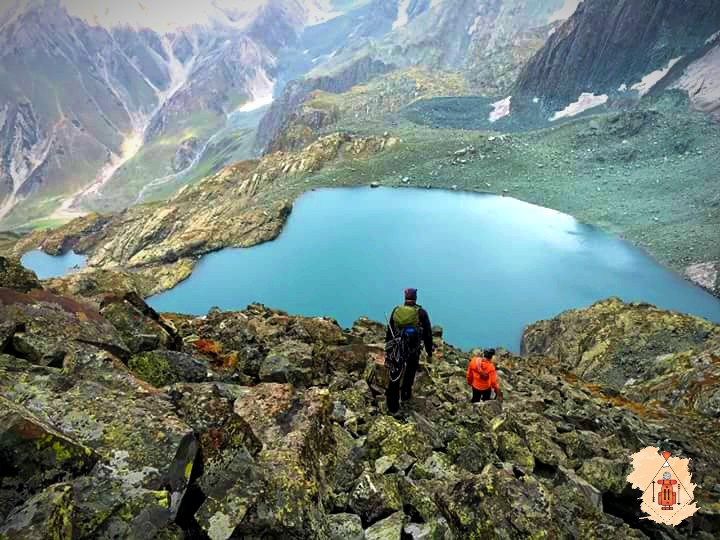
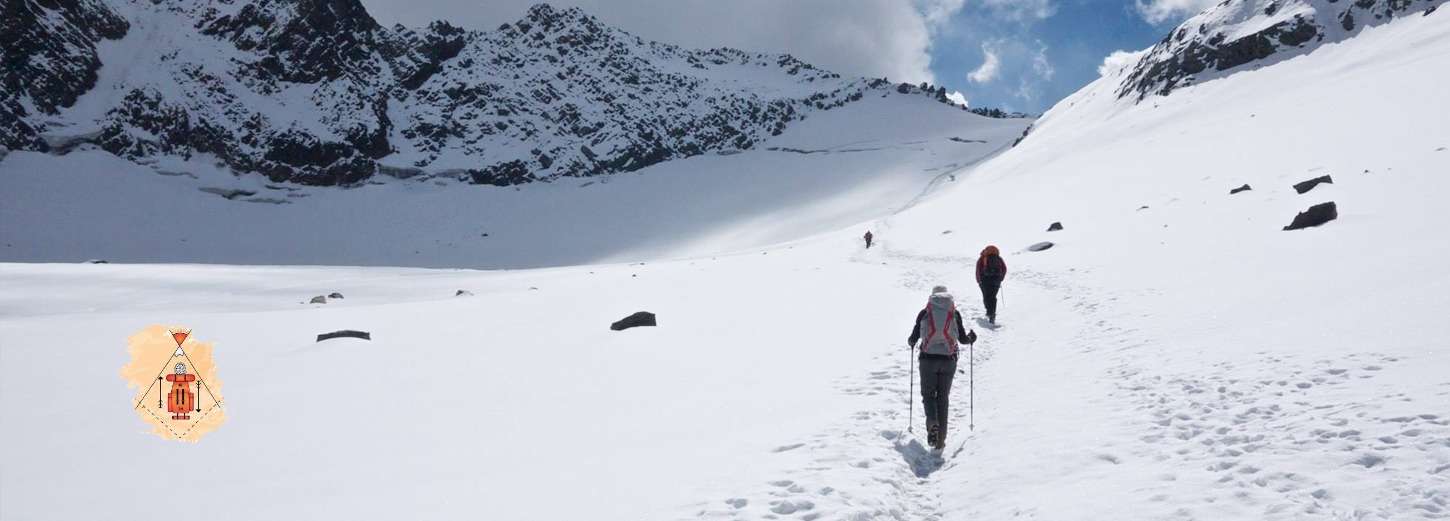
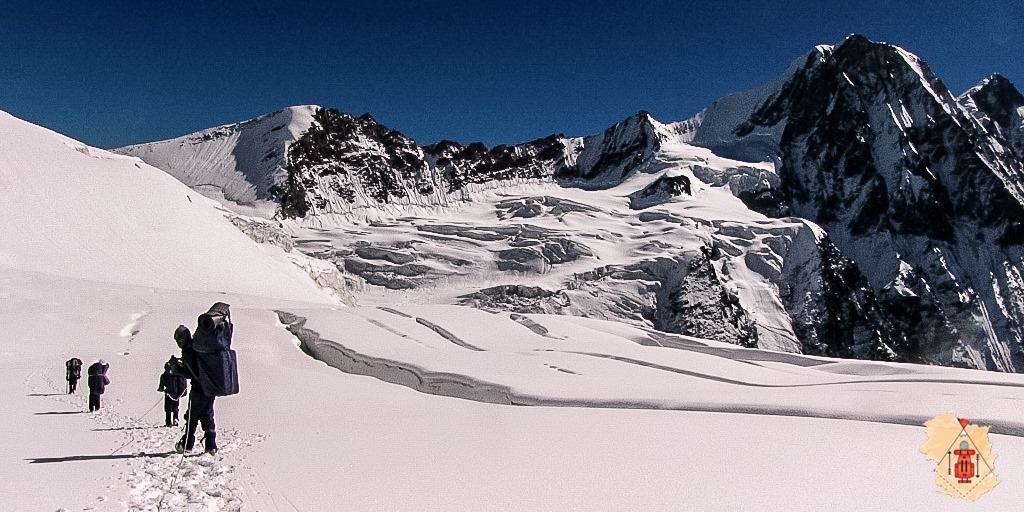
Harshit Patel : Co-Founder at Trekmunk. A certified Mountaineer, Skiier, has led more than 50 high altitude treks in the Indian Himalayas. He is an Engineer by profession but a traveler by passion. He has led treks in Kashmir, Ladakh, Uttarakhand, Himachal Pradesh, West Bengal, Sikkim and Nepal. He is a NOLS certified First Aid Responder and has covered 185,000+ km on Motorcycle. A Poet, Drone Pilot and Videographer at Insane Traveller Productions.